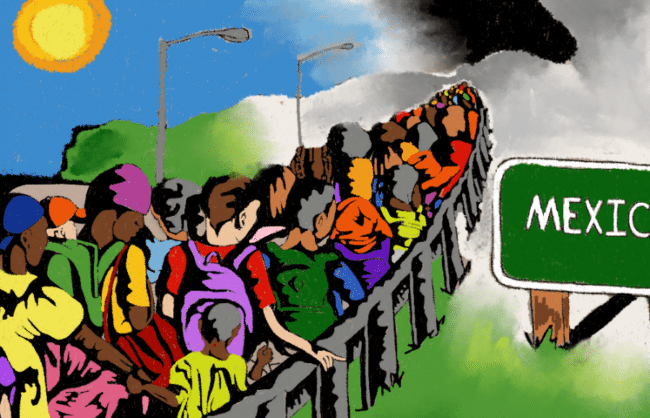
“Unspoken Horror,” a painting by Kaelyn Savard. Source: The Foothill Dragon Press
Looking back on the fire hose of outrages of the Trump presidency can make it hard to remember that though his actions were often called “unprecedented,” they were not always out of sync with past policy or an aberration from the consensus of political elites in both parties. For example, Trump’s rhetoric about migrants (and the countries from which they traveled) may have been uniquely bombastic and barefaced, but when it comes to the policies controlling U.S. borders, his were not so different from his Democratic predecessors or from his successor.
It was under President Bill Clinton, a Democrat, that the U.S. border patrol tripled in size, and border deaths from hypothermia, dehydration, and drowning skyrocketed. And more recently, it was President Obama’s Homeland Security that deported 2.7 million people — an average of about a thousand immigrants a day, for eight years — earning him the title from immigration activists of “Deporter in Chief.” President Biden’s rhetoric has been kinder, but deportations continue while tens of thousands of asylum seekers are detained each year and languish behind bars for months.
So what drives this political consensus about migration, immigration, and the border that leads to so much misery for so many people fleeing war, climate catastrophe, and poverty? This is a question for which it is helpful to look to history.
From the late 1920s to the late 1930s, men, women, and children, immigrant and U.S.- born, citizen and noncitizen, longtime residents and temporary workers all became the targets of a massive campaign of forced relocation, based solely on their perceived status as “Mexican.” They were rounded up in parks, at work sites, and in hospitals, betrayed by local relief agencies who reported anyone with a “Mexican sounding” name to what was then called the sounding” name to what was then called the Immigration Service, tricked and terrorized into “voluntary” deportation by municipal and state officials, and forcibly deported in trains and buses, to a country some hadn’t lived in for decades and others never at all.
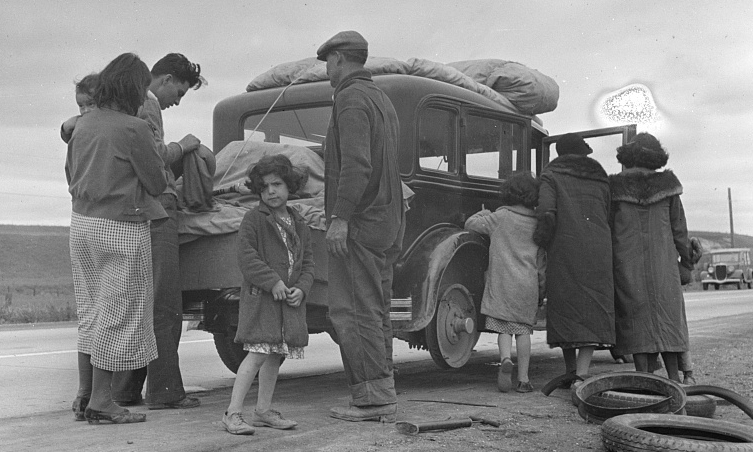
Some families relocated “voluntarily,” driven out by joblessness, harassment, and nativist fear-mongering, rather than the Immigration Service. By Dorothea Lange. Source: Library of Congress
Historian Mae M. Ngai argues that this 1930s campaign of mass deportations had little to do with law; it was a program of “racial expulsion,” rooted in racism. But unlike other racist and nativist efforts of the era, these deportations were not symbolized or driven by any signature piece of legislation like the Chinese Exclusion Act of 1882 or the Immigration Act of 1924. Rather, they were orchestrated using a patchwork of federal and local authority, existing but seldom used deportation rules, and simple mob action against a vulnerable population. It is precisely this messiness that is fruitful to surface with students. If no single law or leader ordered these deportations, then why and how did they happen and who or what is responsible for the damage they wrought? These are the questions raised in the Deportations on Trial lesson (modeled after Bill Bigelow’s Rethinking Schools lesson The People vs. Columbus.
 This is a revised (in 2023) version of a lesson that was originally published in the 2018-2019 Winter issue of Rethinking Schools.
This is a revised (in 2023) version of a lesson that was originally published in the 2018-2019 Winter issue of Rethinking Schools.
Ursula Wolfe-Rocca has taught high school social studies since 2000. She is on the editorial board of Rethinking Schools and is the Zinn Education Project Organizer/Curriculum Writer.

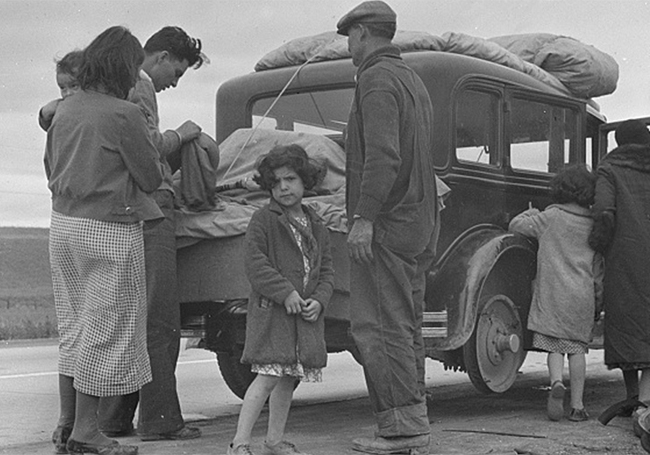
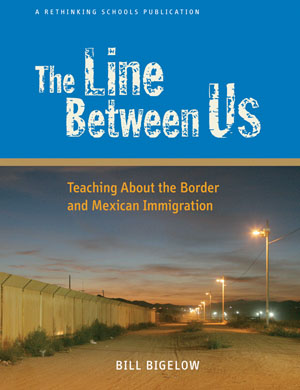
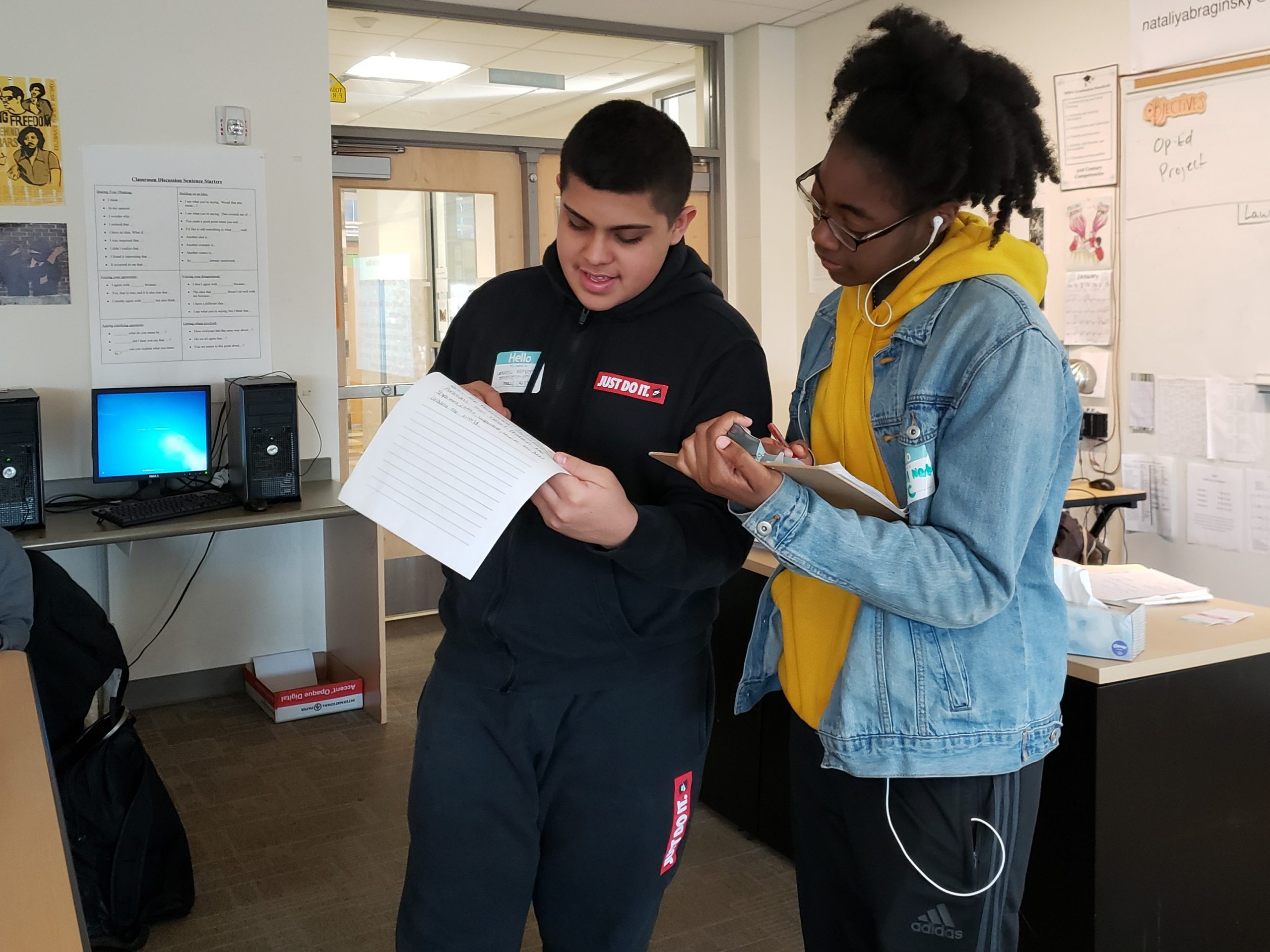
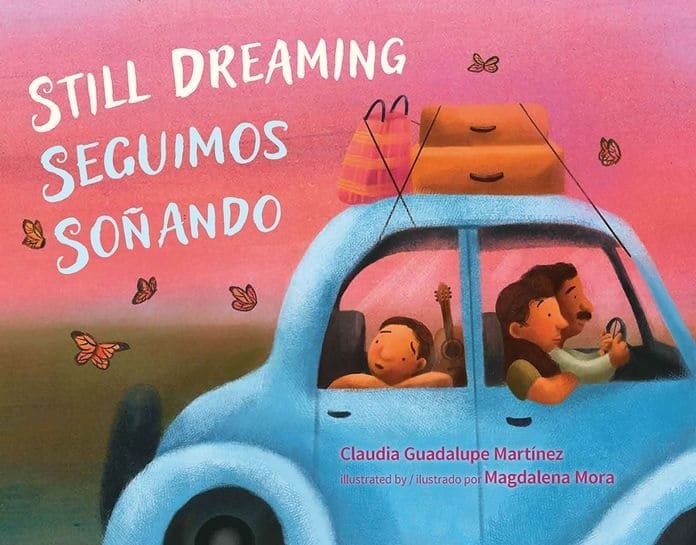
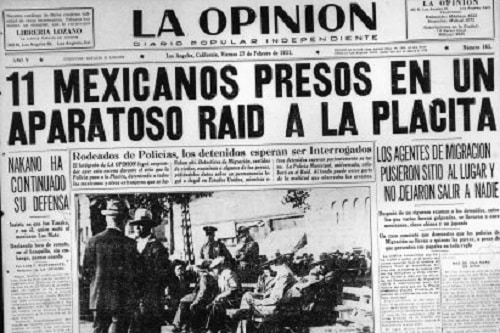






Twitter
Google plus
LinkedIn